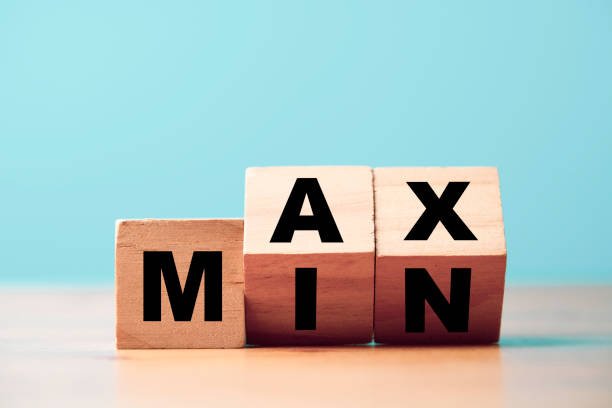Regulations and laws governing prices on goods and services aren’t an arbitrary or capricious exercise of governmental power. Instead, they are carefully considered tools used by governmental entities to balance the complex economic system of the country. Understanding why these price controls are set helps elucidate the workings of the economic system and the interventions that are sometimes necessary.
Why Does the Government Set Minimum and Maximum Prices?
Price Floors: Understanding Minimum Prices
The government often sets minimum prices, commonly known as price floors, to protect producers. A popular example of a price floor is the minimum wage law. The purpose of a minimum wage is to ensure that workers earn a fair wage that can meet basic living standards. Without this regulation, businesses may take advantage of an excess supply of labor and offer wages that are below what could be considered fair or livable.
In addition, minimum prices may be set for certain agricultural products to ensure a steady income for farmers and to maintain the stability of the national food supply. Price floors can help protect domestic industries from foreign competition, foster new industries, and sustain critical sectors during economic downturns.
However, it’s important to note that price floors can also lead to unintended consequences. They can cause surpluses if the minimum price is set above the equilibrium price, leading to wastage or increased storage costs.
Price Ceilings: The Purpose of Maximum Prices
On the other side of the coin, the government sets maximum prices, or price ceilings, to protect consumers. These are often employed in times of crisis, such as during wars or natural disasters, to prevent businesses from exploiting consumers through price gouging. A well-known example of this is rent control laws in certain cities, which limit how much landlords can charge tenants for rent.
Price ceilings aim to keep essential goods and services affordable for everyone, particularly those in lower income brackets. They help to control inflation and prevent market manipulation.
Just like price floors, price ceilings have their drawbacks as well. They can lead to shortages if the maximum price is set below the equilibrium price. Also, they can result in a decrease in the quality of goods and services because producers may find it unprofitable to provide high-quality products at a capped price.
Balancing Act: The Economic Consequences
Government interventions like setting minimum and maximum prices are a balancing act. On one hand, they are designed to protect vulnerable groups and ensure market stability. On the other hand, they can distort market mechanisms, leading to inefficiencies such as surpluses and shortages.
When setting price controls, governments need to carefully consider the potential consequences. If not properly designed and monitored, these controls could lead to more harm than good. However, when used appropriately, they can be a powerful tool to promote economic justice and stability.
Overall, while these measures may seem restrictive, they are a part of the broader endeavor of governments to balance the interests of various stakeholders in the economy, ensuring fair play, stability, and prosperity for all.





